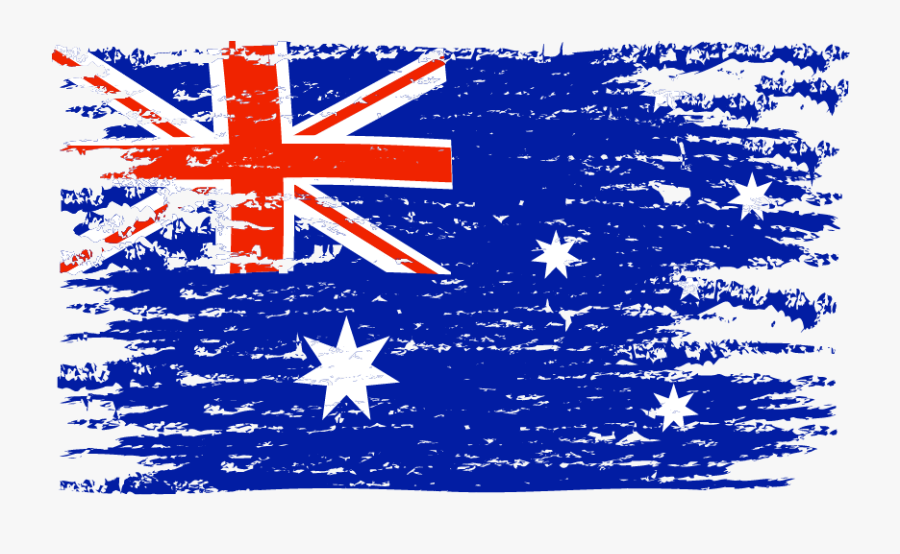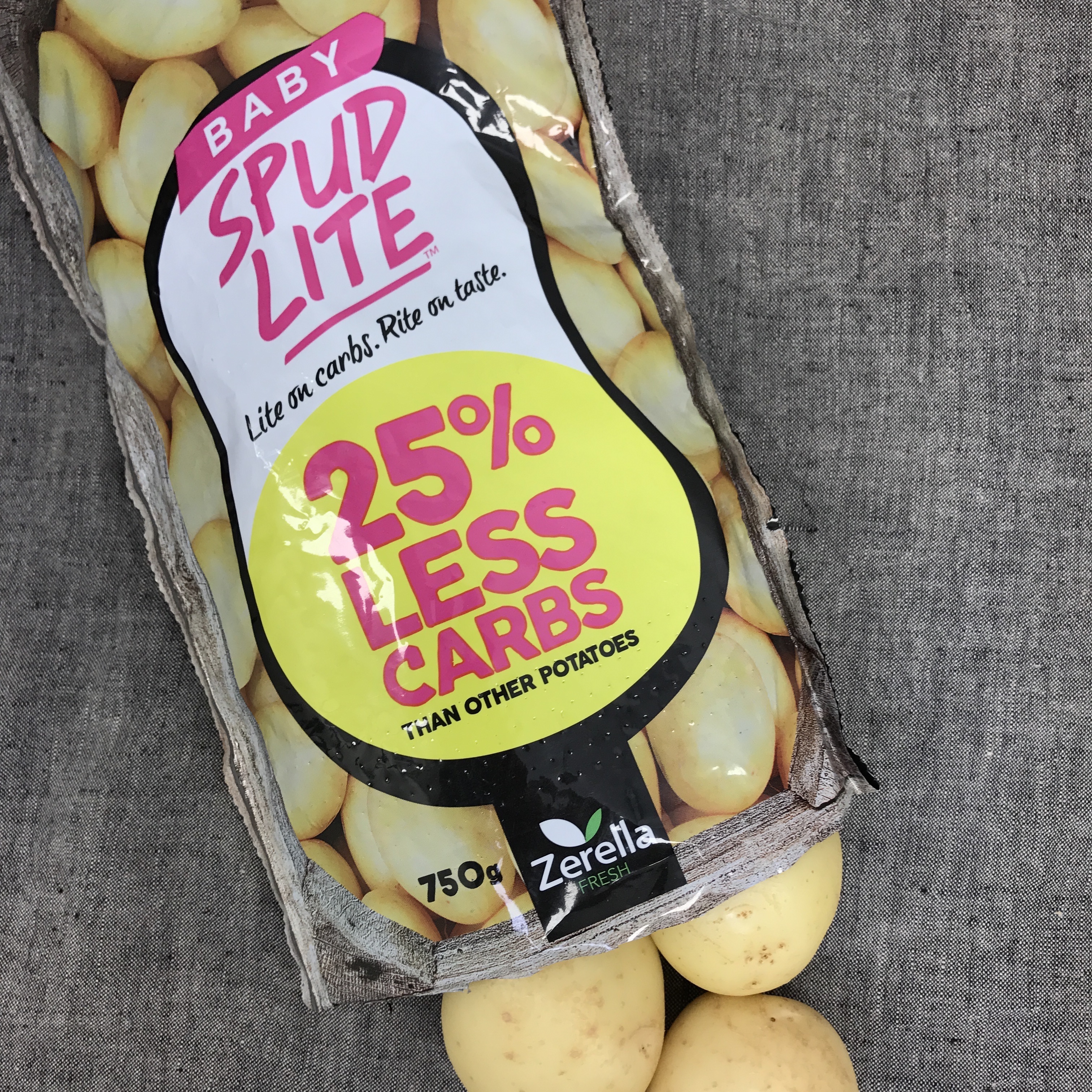39 new food labels australia
Food labelling - Health.vic Food labelling Key messages All packaged foods sold in Australia must comply with the labelling requirements of the Australia New Zealand Food Standards Code, which applies in Victoria through the Food Act 1984. Food labels must carry essential information, so that consumers are informed of the nature and properties of foods before they buy. › industry › labellingPregnancy warning labels downloadable files - Food Standards Jul 31, 2020 · New requirements for mandatory pregnancy warning labels on packaged alcoholic beverages were gazetted in the Australia New Zealand Food Standards Code (the Code) on 31 July 2020. Businesses have three years from 31 July 2020 to implement these requirements.
Food Labelling - Day Dots & Kitchen Labels | Nisbets Australia New to our website. Register with us for even better deals plus access to view orders, retrieve saved baskets, manage invoices and more. ... With food labels, you'll know exactly when your food or ingredients were prepared, ... NSW 2560, Australia Tel: 1300 225 960. Email: [email protected] Change Country ...

New food labels australia
Labelling laws | NSW Food Authority * Food labels are legally required to show the name and Australian or New Zealand business address of the manufacturer or supplier (packer or vendor importer) plus the lot and batch number of the food (or date coding) to enable efficient food recalls. Food is recalled when it poses a possible public health and safety risk to consumers. Labelling - Food Standards The Food Standards Code includes the general labelling and information requirements (Chapter 1 of the Code) that are relevant to all foods, and sets out which requirements apply in different situations (for example food for retail sale, food for catering purposes, or an intra-company transfer). Australia's new compulsory food labelling laws begin from July 1 Australians will now have a better idea about where their food is grown and made after tough new labelling became law on July 1. The new labels tell buyers what is 100 per cent grown in Australia or made in Australia from Australian ingredients, or if only the processing is done in Australia.
New food labels australia. Current food recalls Australia's safe food system . Australian Public Service employee census 2021. Committees and groups. Feedback and complaints. Food enforcement contacts . Food law and treaties. Information Publication Scheme. Measuring Up. Modernisation of food regulation. Our role in supporting nutrition-related public health . Service Charter. Stakeholder ... Australia New Zealand Food Standards Code - Standard 1.2.7 15.01.2013 · High level health claims variation is defined in section 4 of the Food Standards Australia New Zealand Act 1991 (FSANZ Act). The effect of this provision is that an application or a proposal to add a general level health claim to Schedule 3 will be assessed under the provisions in Subdivision G of each of Divisions 1 and 2 of Part 3 of the FSANZ Act, as appropriate. Grown in Australia? New food labelling system offers the answers Australian consumers will have more information about whether their food is grown or produced in the country after a new food labelling system comes into effect on Sunday. From 1 July,... Scales & Packaging Equipment [Wedderburn AU] Custom Labels Custom product labels are an effective way to achieve brand recognition, product appeal and meet your regulatory requirements regardless of whether they are food packaging labels… Compostable Labels BioLabels are available exclusively through Wedderburn. Both the material and the facestock are compostable, certified to EN13432.
plantbasednews.org › culture › new-usda-petitionNew USDA Petition Aims To Stop ‘Humane’ Meat Labels Jun 30, 2022 · A new petition is calling for the US Department of Agriculture (USDA) to stop approving claims that animals have been “humanely” raised in the meat industry. Submitted by PETA to the USDA’s Food Safety and Inspection Service (FSIS), the petition requests that “animal raising claims” are removed from meat products. Country of origin | ACCC For example, priority foods include fruit and vegetables, meat, seafood, bread, milk, juice, sauces, honey, nuts and cereal. If a priority food was grown, produced or made in Australia, its country of origin label will also feature: a kangaroo in a triangle logo to help you quickly identify that the food is Australian in origin Farmers hope new food labelling laws spur consumers to buy more ... After a two-year phase-in period, new country-of-origin food labelling laws come into full effect in July. An example of the new labelling system that is now compulsory. (Supplied) The labels clearly spell out where food is from, and which foods are grown, produced or made in Australia. All priority foods must display new country-of-origin labels. › Details › F2013L00054Australia New Zealand Food Standards Code - Standard 1.2.7 ... Jan 15, 2013 · The Board of Food Standards Australia New Zealand gives notice of the making of this Standard under section 92 of the Food Standards Australia New Zealand Act 1991. The Standard commences on 18 January 2013. Dated 7 January 2013. Standards Management Officer. Delegate of the Board of Food Standards Australia New Zealand . Standard 1.2.7
P1044 - Plain English Allergen Labelling - Food Standards The Australia New Zealand Food Standards Code (the Code) requires these to be declared on labels when they are present in food. On 25 February 2021 the Code was amended to introduce new requirements for the labelling of allergens in food. These requirements include that allergen information is to be declared: PDF Australian Made, Australian Grown Logo The Logo & Food Labelling The framework for Australia's new food labelling system is set out in the Country of Origin Food Labelling Information Standard 2016. ... on exported food can use the new labels in accordance with the Information Standard or use the AMAG logo (without the additional bar chart information) under a Food Labeling: Revision of the Nutrition and Supplement Facts Labels 27.05.2016 · The 2007 ANPRM requested comment on various aspects of nutrition labeling, including new reference values we should use to calculate the percent DV in the Nutrition Facts and Supplement Facts labels and factors we should consider in establishing such new reference values. We also requested comments on whether we should require that certain nutrients be … › industry › foodrecallsCurrent food recalls Australia's safe food system . Australian Public Service employee census 2021. Committees and groups. Feedback and complaints. Food enforcement contacts . Food law and treaties. Information Publication Scheme. Measuring Up. Modernisation of food regulation. Our role in supporting nutrition-related public health . Service Charter. Stakeholder ...
Food labelling - WA Health, Government of Western Australia Food labelling Food labels provide a wide range of information to help consumers make food choices. Food Standards Australia New Zealand sets food labelling requirements in the Food Standards Code (external site) . These Labelling Standards are enforced by local government Environmental Health Officers. The Food Standards Code includes:
CHOICE guide to food labelling - Nutrition Country of origin labelling currently applies to unpackaged fresh and processed fruit, vegetables, nuts, spices, herbs, legumes, seeds, fish (including shellfish) and meat (pork, beef, sheep and chicken). It was only recently that country of origin labelling of fresh beef, sheep and chicken became mandatory.
en.wikipedia.org › wiki › List_of_food_labelingList of food labeling regulations - Wikipedia Food grading labels; ... Food Standards Australia New Zealand; New Zealand. Food Act 1981; South America Chile ...
Food Labelling & Allergen Guide - Australian Food and Grocery Council It was first development by the AFGC in 2007 but an updated edition was jointly published by the AFGC and Allergen Bureau in April 2021. New to the Guide in 2021 are: Managing and communicating changes to the allergen status of a packaged food Differentiating similar products with differing allergen content
New allergen labelling requirements on packaged ... - Food Safety Australia The requirements include: the declaration of allergen information in a specific format and location on food labels. the use of simple, plain English terms for allergen declarations. FSANZ CEO Mark Booth said the new requirements take effect from today following gazettal in the Code. "The Code requires certain foods or substances to be ...
Commercial Scales & Packaging Equipment [Wedderburn AU] Custom Labels Custom product labels are an effective way to achieve brand recognition, product appeal and meet your regulatory requirements regardless of whether they are food packaging labels…. Compostable Labels BioLabels are available exclusively through Wedderburn. Both the material and the facestock are compostable, certified to EN13432. Bottle Labels Whatever the …
Food labelling and imported food | business.gov.au About labelling imported food. The rules around labelling of imported food have changed to make it easier for consumers to see where their food comes from. Imported food is classified as food not grown, produced, made or packed in Australia. This change means many foods sold in Australian supermarkets and retail outlets must carry a new label ...






Post a Comment for "39 new food labels australia"